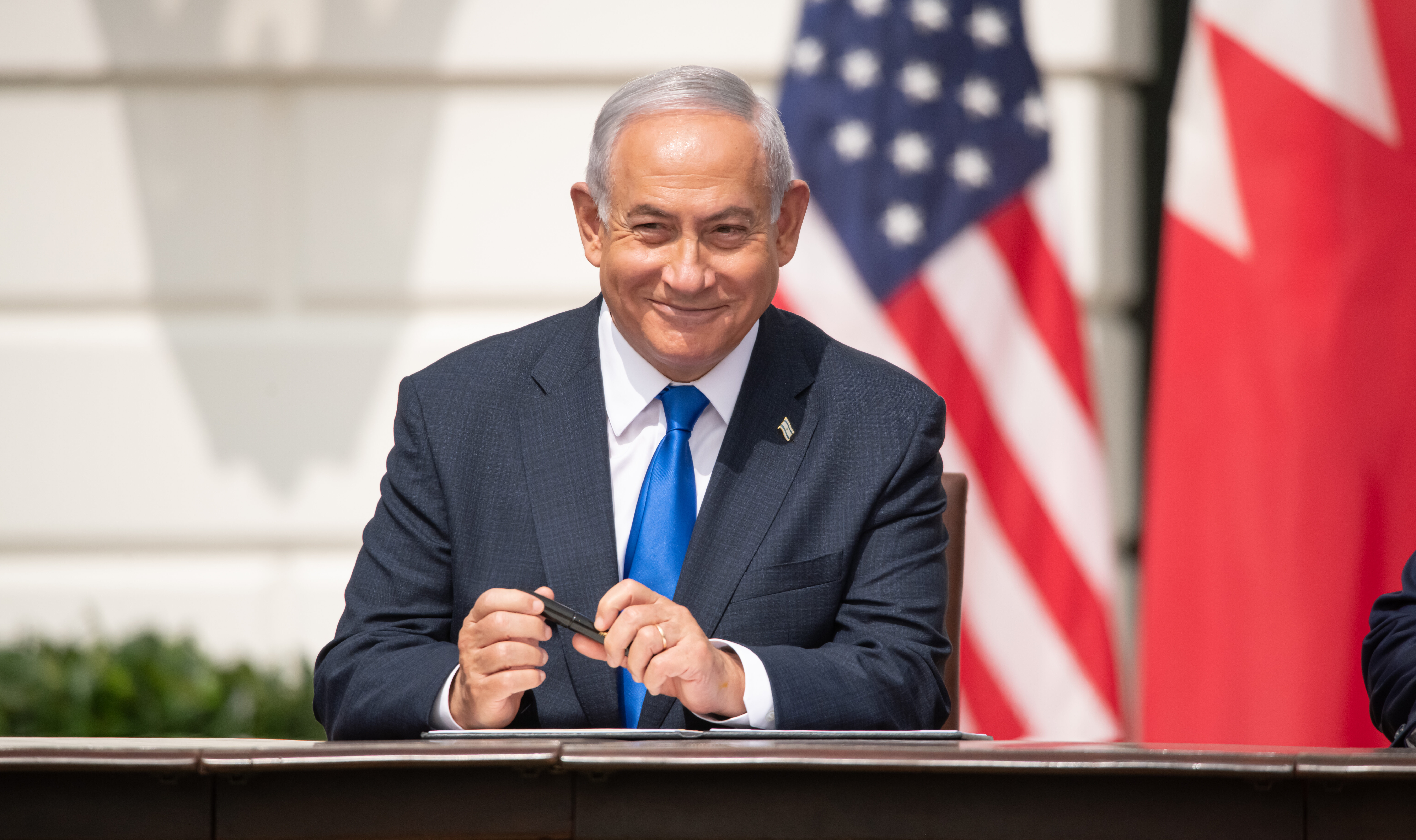SHASHI THAROOR

Among the many issues that will confront the government that emerges from India’s upcoming general election – running from April 19 through June 1 – one of the most important will be what to do about the country’s frayed relationship with its troubled neighbor, Pakistan. The answer may be simple: not much.
Until recently, there was some hope that elections in both countries in the first half of 2024 might create an opportunity for a fresh start. But any optimism about the bilateral relationship’s future quickly dissipated after Pakistan’s controversial February election: with the popular former Prime Minister Imran Khan and his Pakistan Tehreek-e-Insaf party having been barred from running, the new government’s legitimacy is widely challenged.
A weak Pakistani coalition government propped up by the military is unlikely to be able to undertake any bold diplomatic initiative toward India, especially because Khan’s supporters, who consider themselves unfairly deprived of power, are liable to challenge any significant policy change. Under these circumstances, India will probably be inclined to maintain its policy of watchful “benign neglect” toward Pakistan.
As it stands, India and Pakistan maintain diplomatic relations at the charge d’affaires level (a notch below the ambassadorial level), but engage on few issues and speak past each other in the few forums in which they both participate. The South Asian Association for Regional Cooperation has been left moribund by their mutual hostility, having gone years without a meeting.
Moreover, bilateral trade is minimal, and exchanges among ordinary people are limited. Indian citizens struggle to get visas to visit Pakistan, and vice versa. Even in sporting events, the two countries rarely compete with each other outside of international tournaments. In short, India and Pakistan are next-door neighbors who are not on speaking terms – and, in India’s view, that is just fine.
















